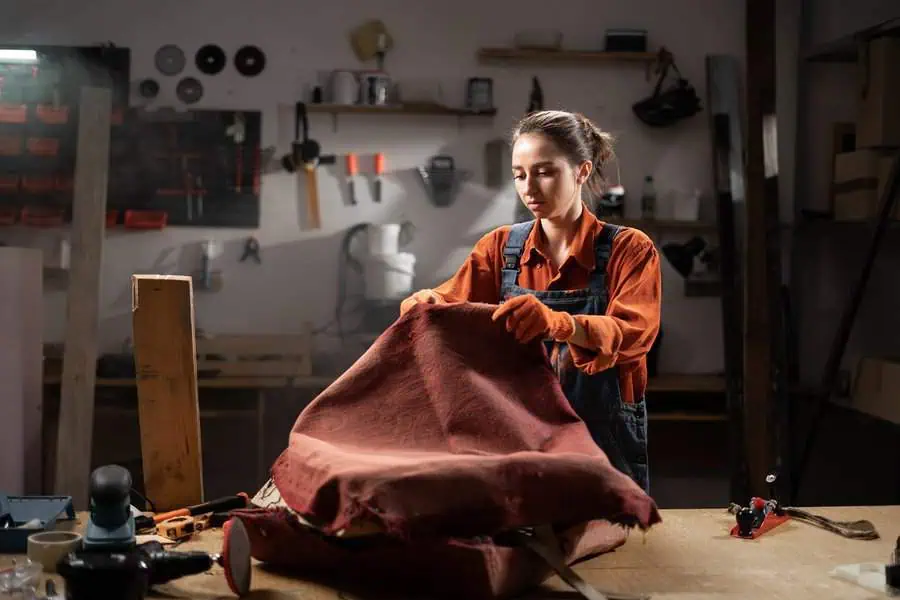
Beginner’s Guide to Reupholstering Your Furniture
Upholstering furniture might seem daunting, but it offers a rewarding way to breathe new life into tired pieces while honing your DIY skills. This guide is tailored for beginners eager to transform their spaces without breaking the bank. With practical tips and techniques, you’ll learn to select the right materials, use essential tools, and master the art of reupholstery — creating stunning, personalized furniture that reflects your unique style. Dive in and discover how to turn your upholstery project into a successful and enjoyable experience!
1. Selecting the Right Fabric
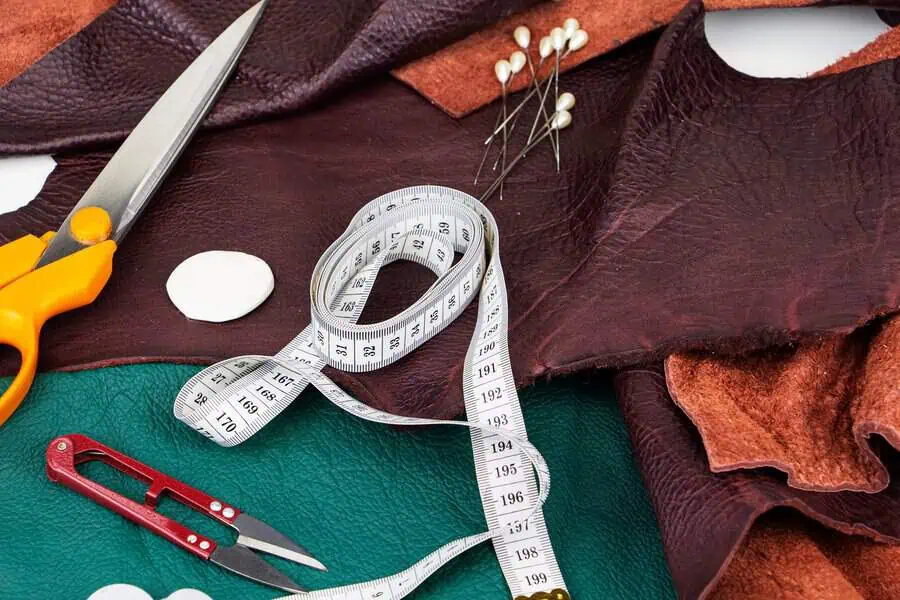
Choosing the right fabric is crucial for achieving a beautiful and lasting result. Look for fabrics that suit the furniture’s purpose. For instance, durable materials like canvas or denim work well for high-traffic areas. Consider the fabric’s texture, color, and pattern. Bold patterns can disguise wear and tear, while lighter colors may brighten a space. Always test the fabric’s strength by tugging at the threads; it should feel sturdy without fraying easily.
2. Must-Have Tools
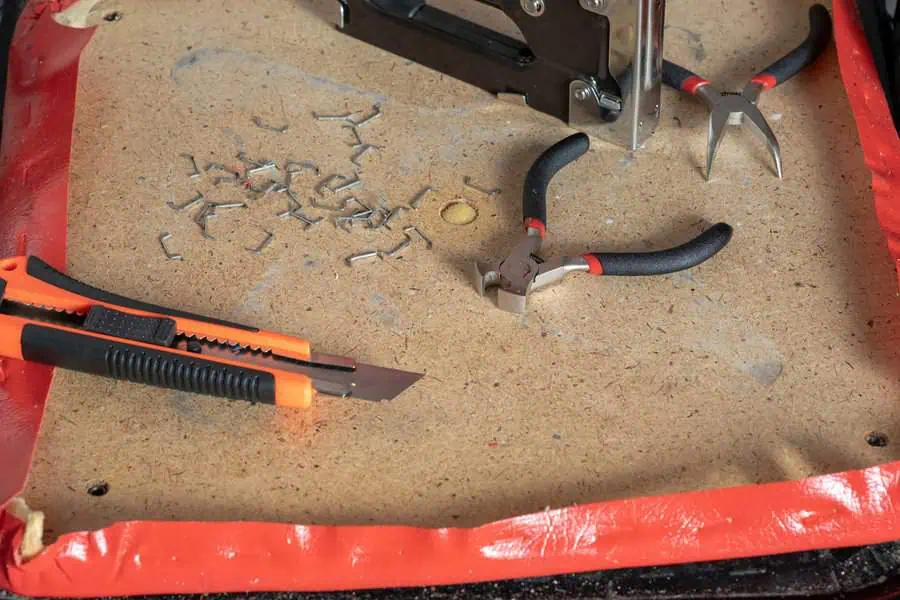
Having the right tools can simplify the reupholstery process significantly. Essential items include a staple gun, fabric scissors, a seam ripper, and a measuring tape. A hot glue gun can also be handy for quick fixes. Don’t forget safety gear such as gloves and goggles to protect yourself from sharp objects and flying debris.
3. Preparing Furniture for Seamless Reupholstery
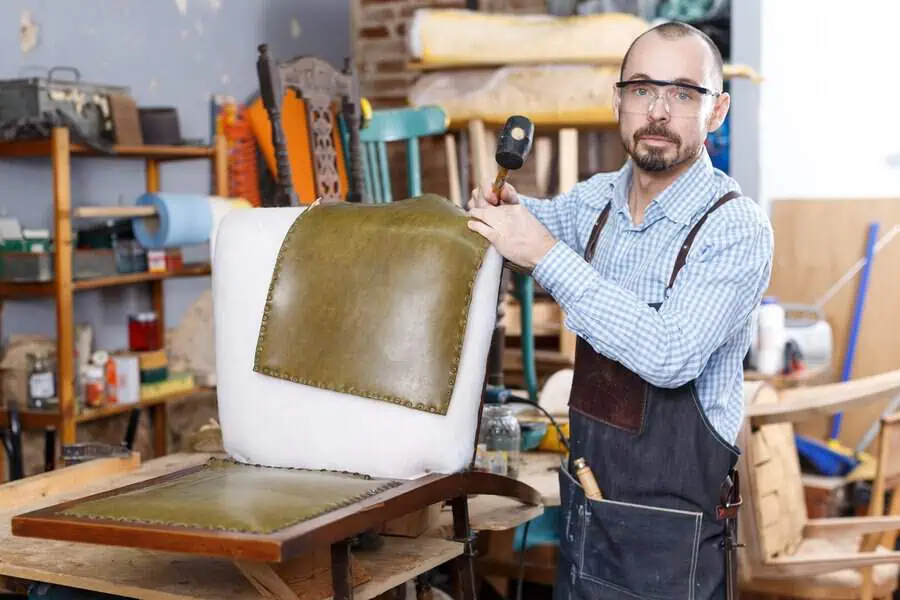
Before diving into reupholstery, proper preparation is key. Start by cleaning the piece thoroughly to remove dust and grime, which can affect adhesion. If the furniture has old fabric, inspect it for signs of damage or pests. Removing any existing upholstery without damaging the underlying structure ensures a smooth transition to the new fabric. Take detailed notes or photos of the assembly to aid in reassembly later.
4. Mastering Fabric Patterns
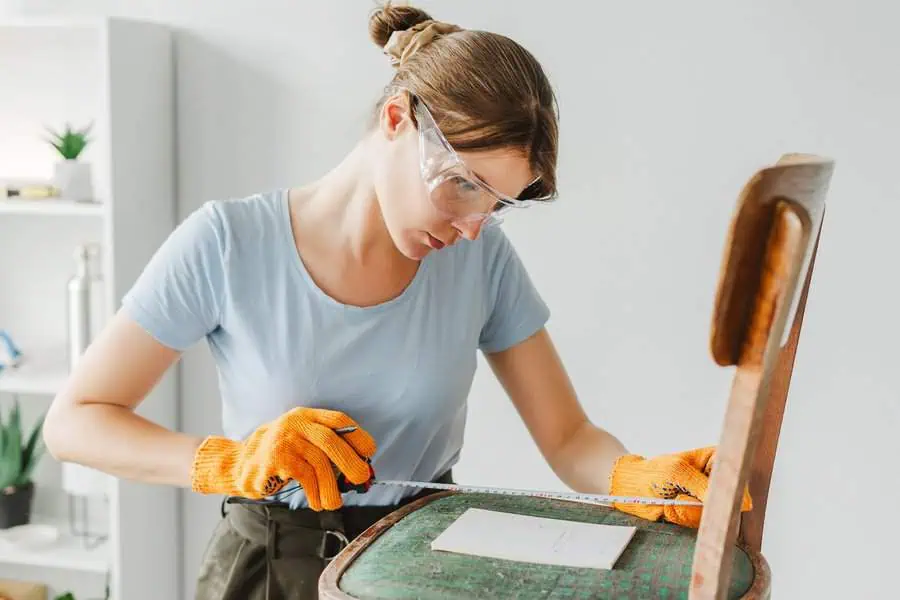
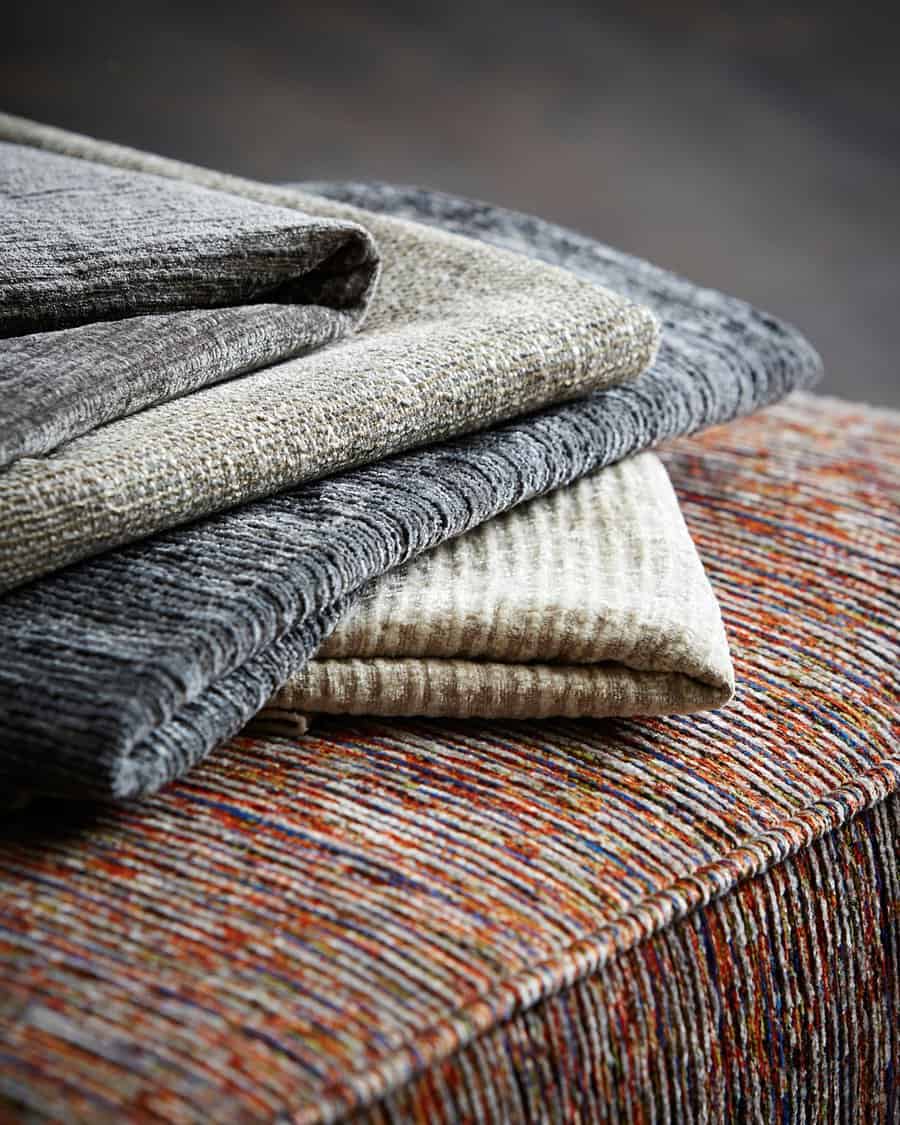
Achieving a professional appearance with fabric patterns requires careful planning and execution. Start by selecting a fabric that aligns with the overall design theme of your space. If the piece is large, use larger patterns that won’t get lost; smaller patterns may be better for smaller items. Patterns should align at seams, and you can use a fabric marker to mark alignment points before cutting. Some patterns, like stripes or florals, need to be oriented correctly. If combining different fabrics, keep one pattern dominant while the others remain subtle.
5. Easy Fabric Removal
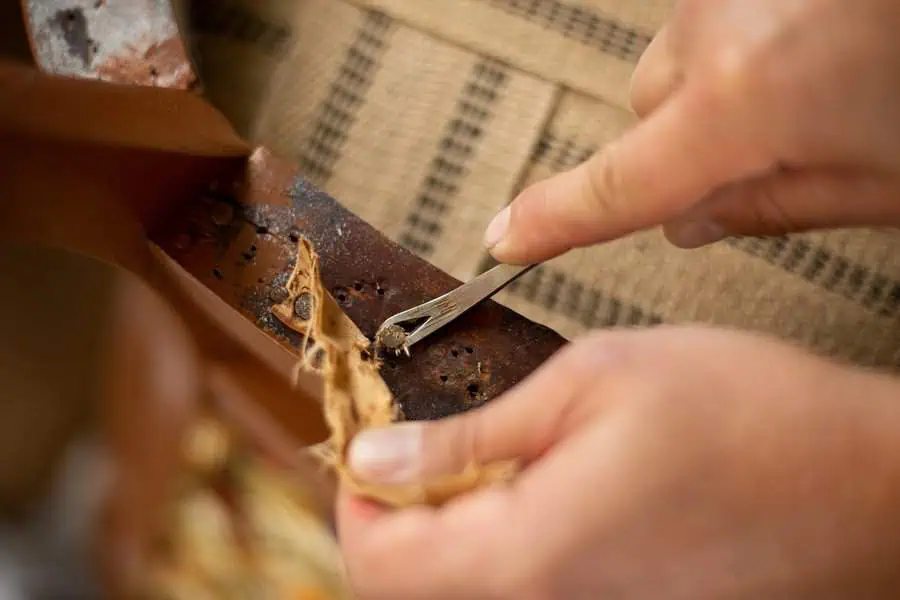
Removing old fabric can be a meticulous task, but it’s essential for a clean foundation. Use a seam ripper to gently cut away staples and seams, taking care not to damage the underlying wood. Work systematically, starting from one corner and moving around the piece. This method allows you to see how the fabric was originally attached, giving insights into applying the new material.
6. Precise Fabric Cutting
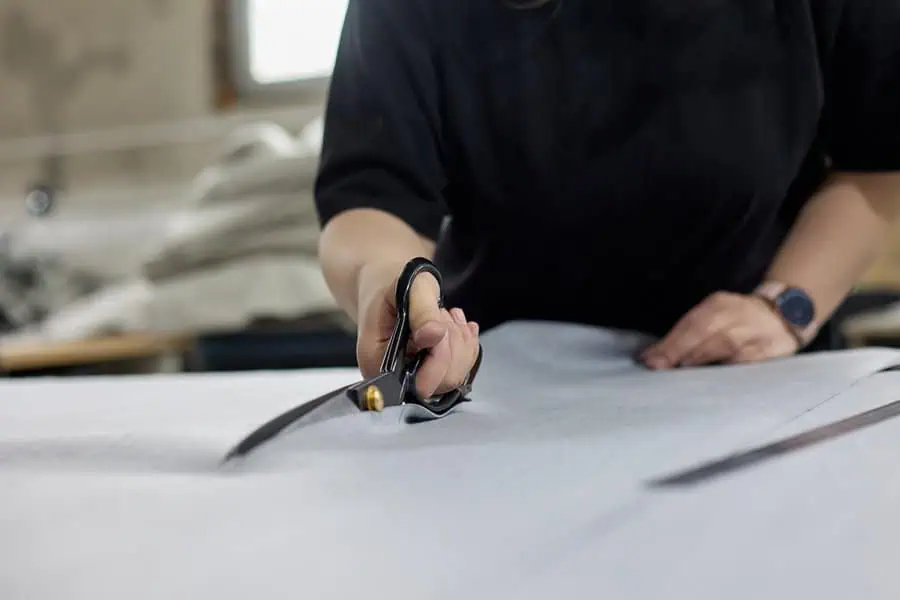
Accurate measurements lead to a perfect fit. Lay the fabric flat and use a measuring tape to get the exact dimensions needed for each furniture section. Add an extra inch for seam allowances to ensure you have enough fabric. Use sharp fabric scissors for clean cuts, and if you’re working with patterned fabric, pay close attention to aligning the patterns.
7. Stapling Techniques for a Flawless Finish
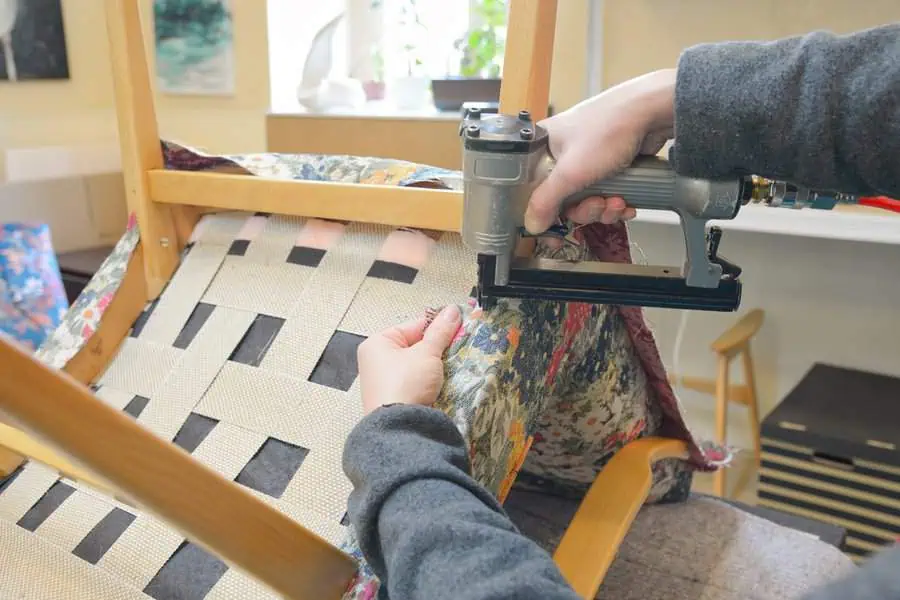
Stapling can make or break your reupholstery project. Begin stapling at the center of a side, then work outward toward the corners. This method helps keep the fabric taut and evenly distributed. When approaching corners, pull the fabric tight and fold it neatly before securing it with staples. Using a heavy-duty staple gun can provide better grip and longevity.
8. Refreshing Cushions with New Foam
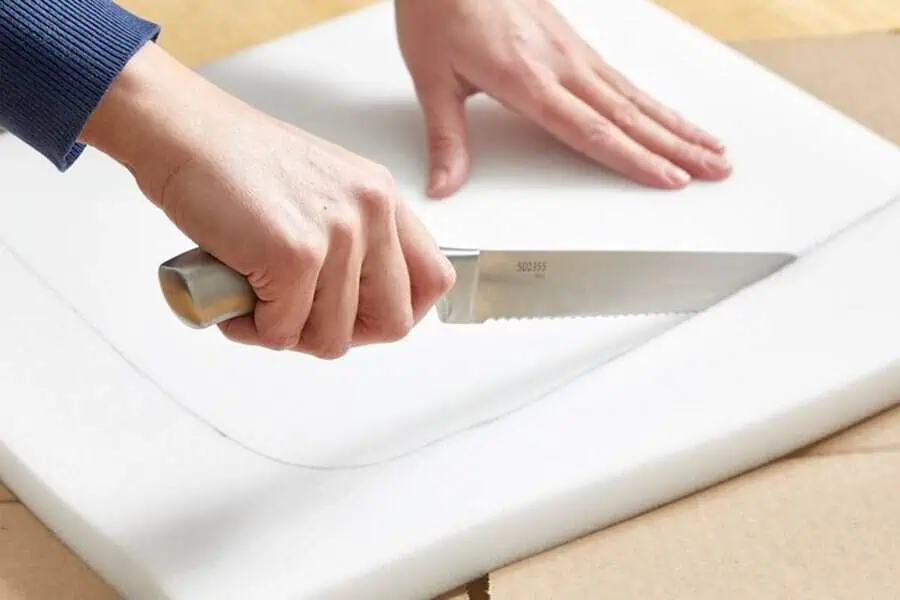
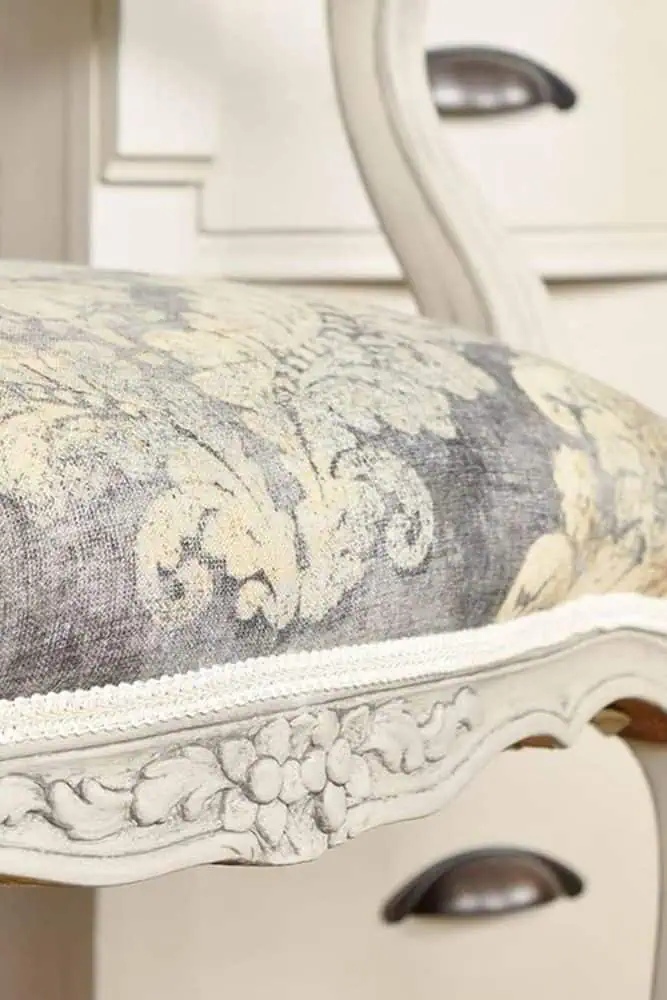
Replacing old foam can significantly improve the comfort and appearance of your furniture. Measure the dimensions of your cushions and choose foam with a density that suits your seating preferences — denser foam provides more support, while softer options may offer a plush feel. Cut the foam to size using a sharp utility knife, and consider wrapping it in a layer of batting for added softness and a polished look.
9. Quick Chair Seat Makeovers
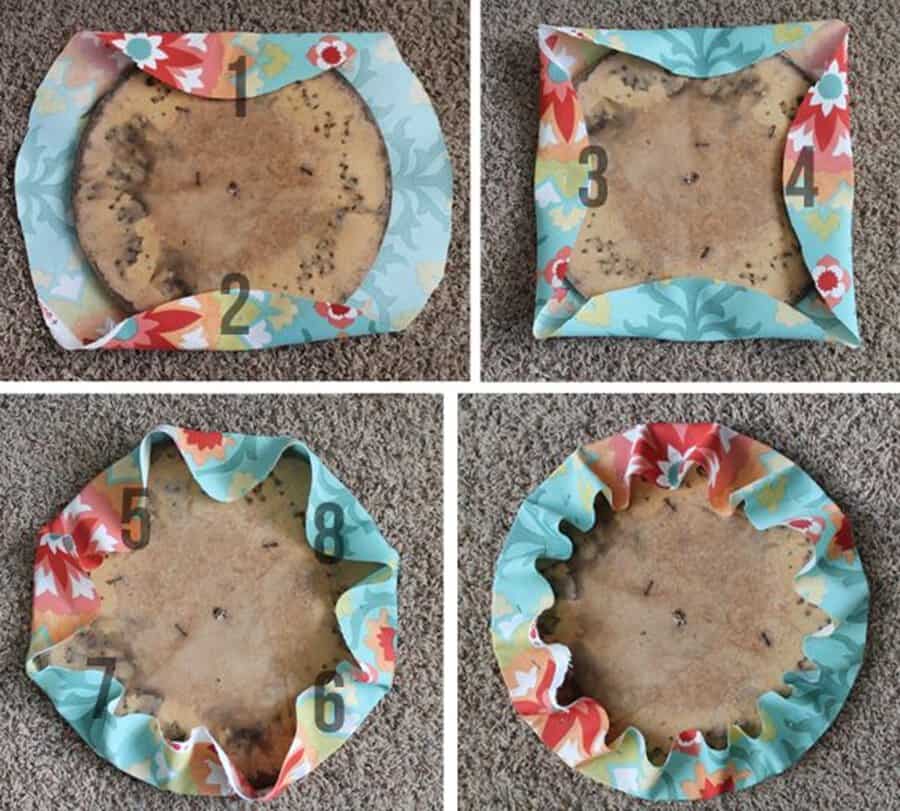
For a fast and effective chair makeover, focus on the seat. Remove the old fabric and replace it with a fresh, eye-catching material. Use a staple gun to secure the new fabric underneath the seat. This approach can transform a tired chair into a stunning focal point in just a couple of hours.
10. Creating Crisp Corners and Edges
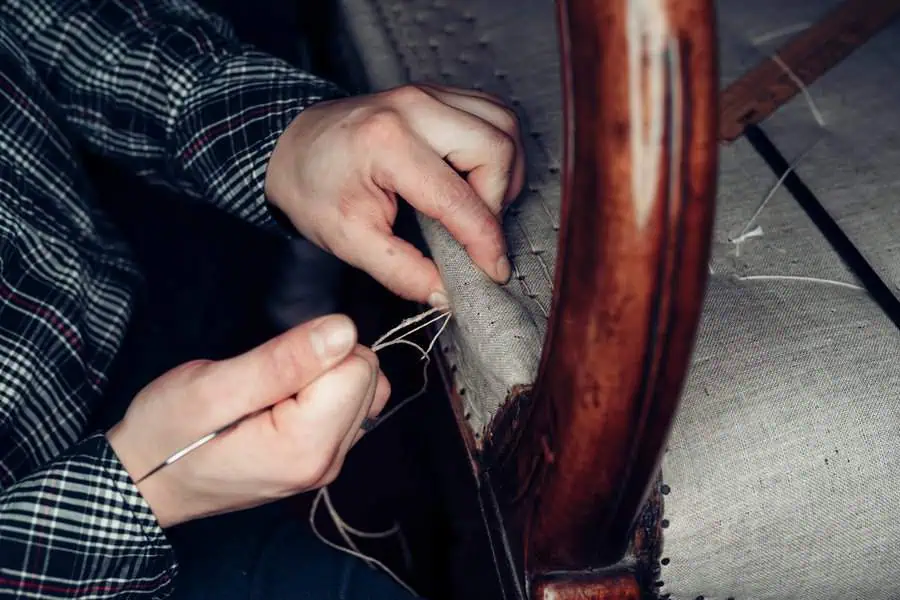
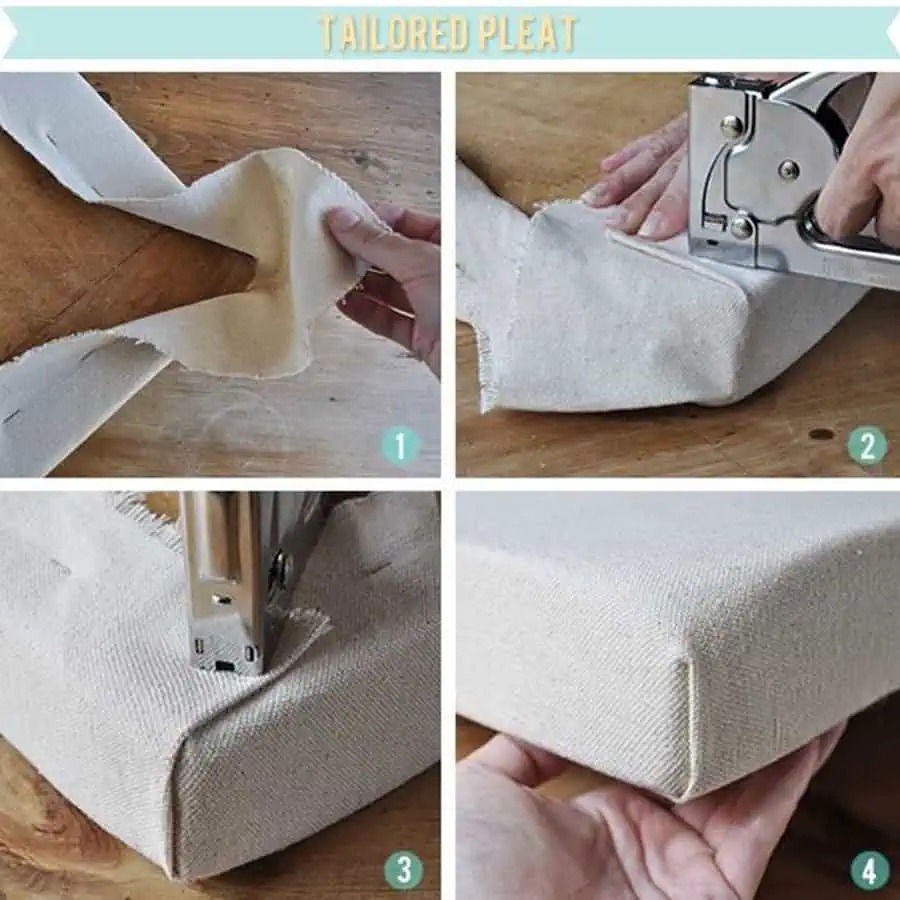
Impeccable corners improve the overall appearance of reupholstered furniture. When folding fabric at corners, use a sharp crease to define the edges. Secure the corners tightly with staples, ensuring there are no wrinkles.
11. Simple Armchair Reupholstery

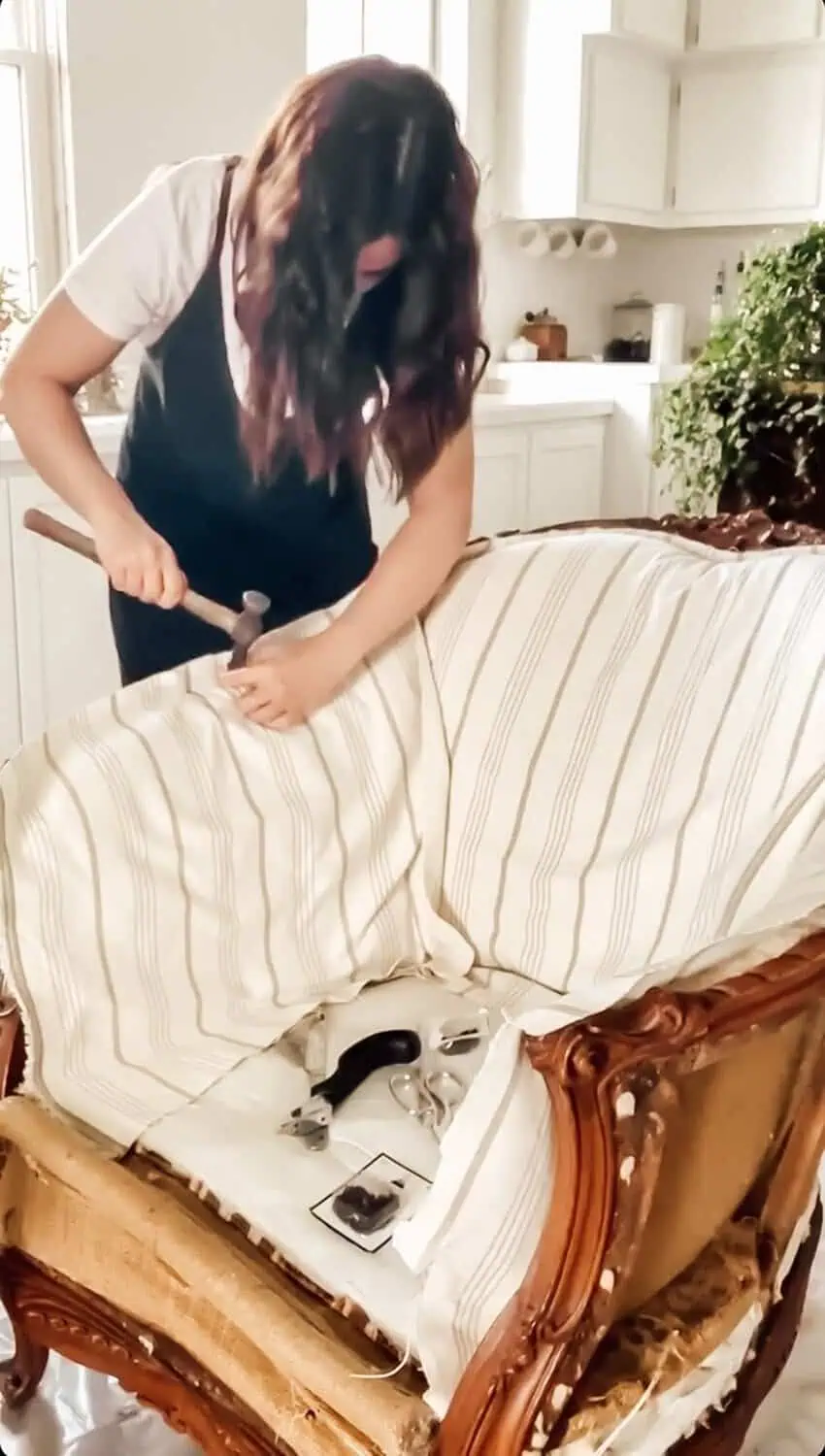
Reupholstering an armchair can be a manageable project for beginners. Start by removing the old fabric and inspect the frame for any needed repairs. Focus on the seat and arms first; these areas often experience the most wear. Once the fabric is secured, tackle the backrest to complete the transformation, making sure to maintain even tension throughout.
12. Transforming a Sectional Sofa with Style
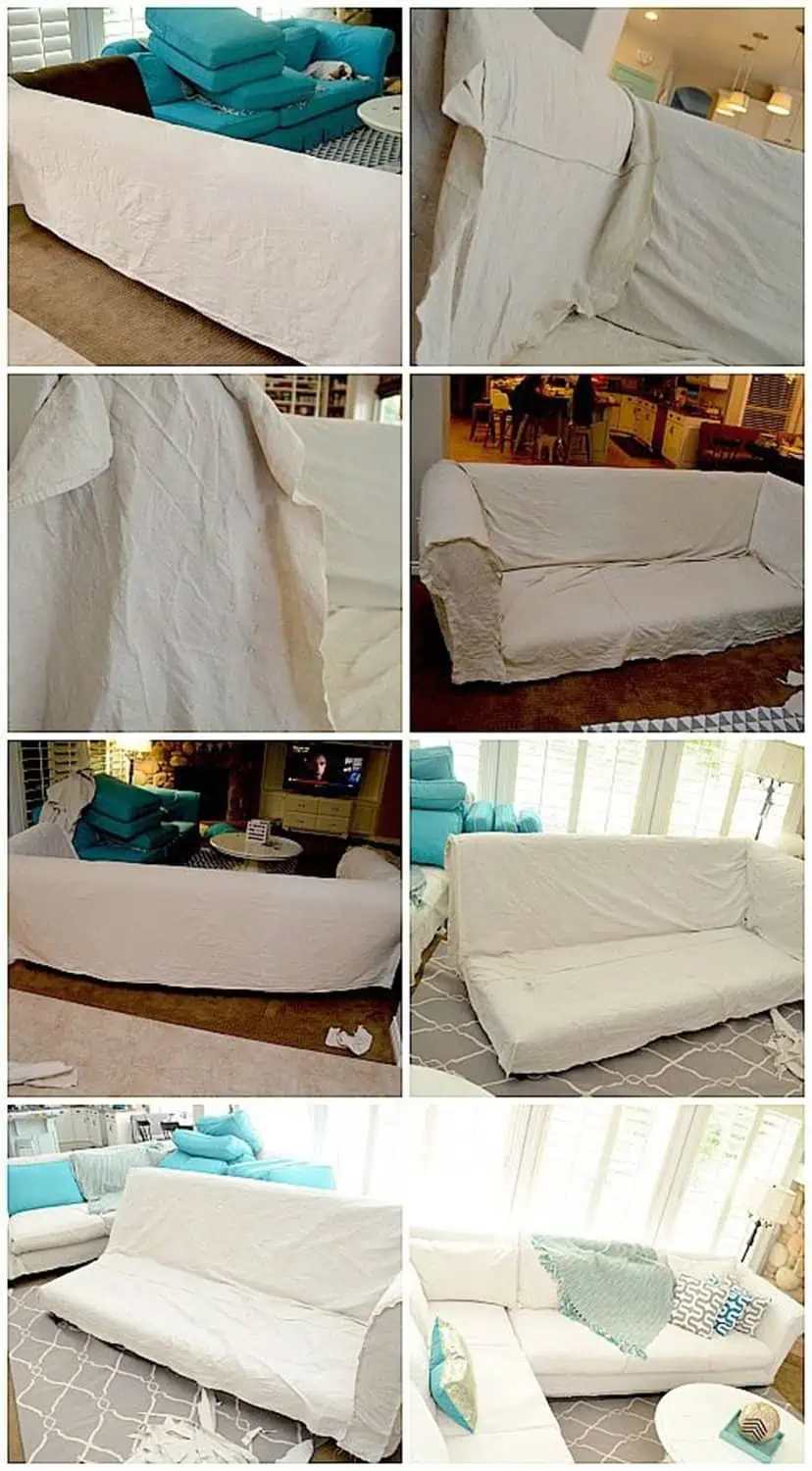
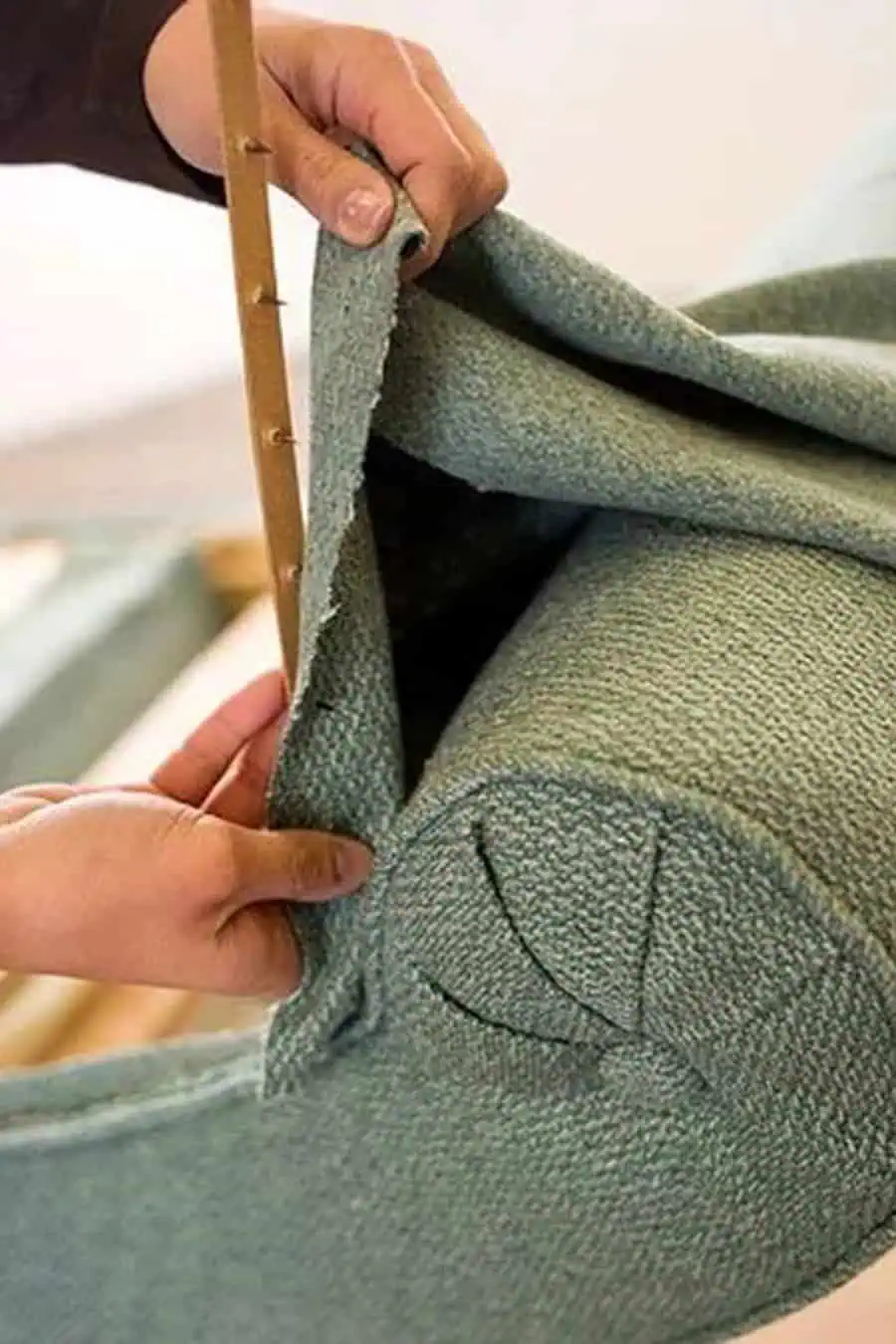
Sectional sofas offer unique challenges due to their size and shape. Break the project down into manageable sections, starting with the largest piece. Use a combination of fabric and foam to improve comfort while maintaining visual appeal. Don’t forget to coordinate patterns and colors across sections.
13. Budget-Friendly Furniture Upcycling
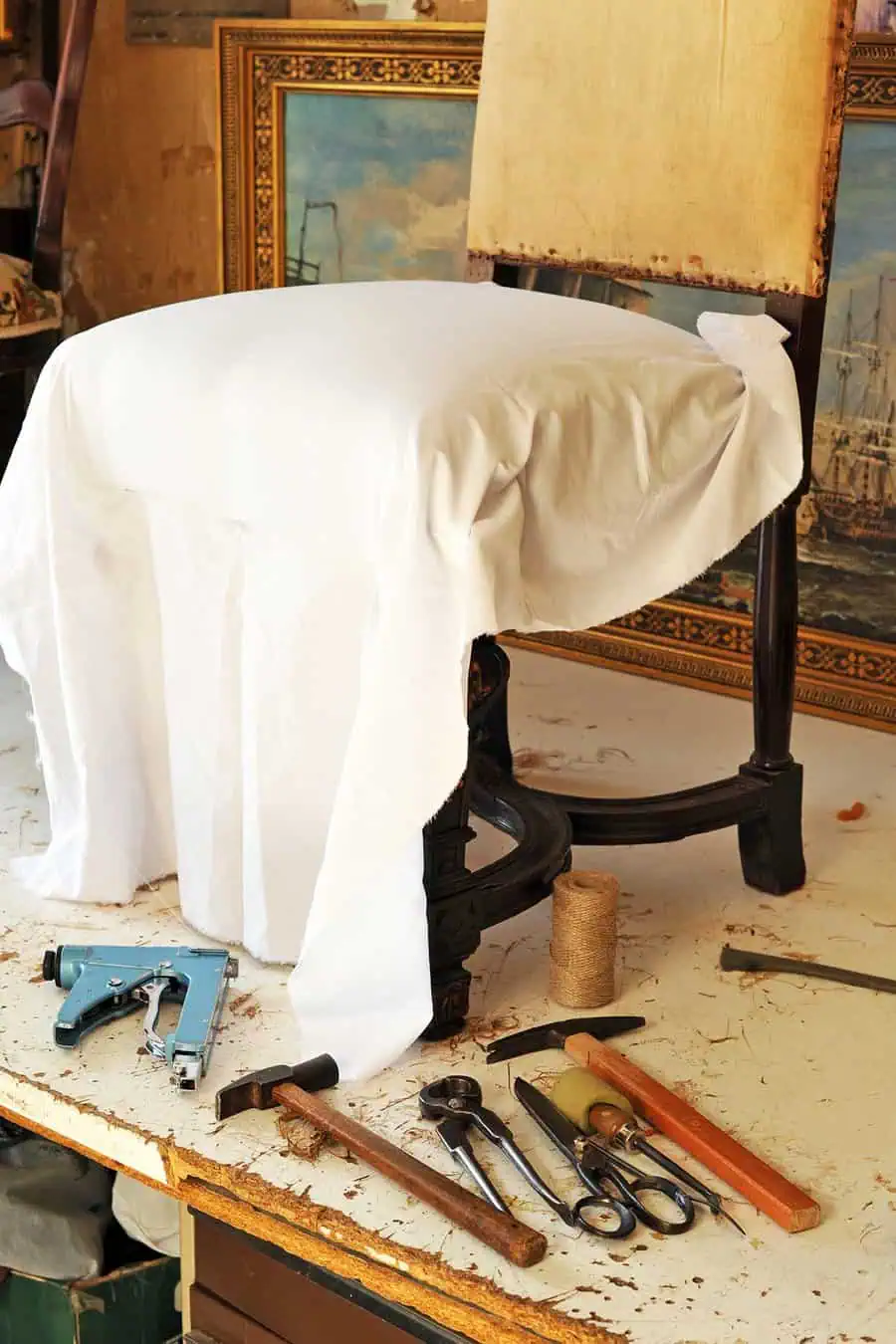
Reupholstering can be a cost-effective way to breathe new life into old furniture — without breaking the bank. Look for sales on fabric or use remnants from previous projects. Thrift stores and garage sales can also yield great finds that just need a little love.
14. Securing Fabric with Tacks and Nails
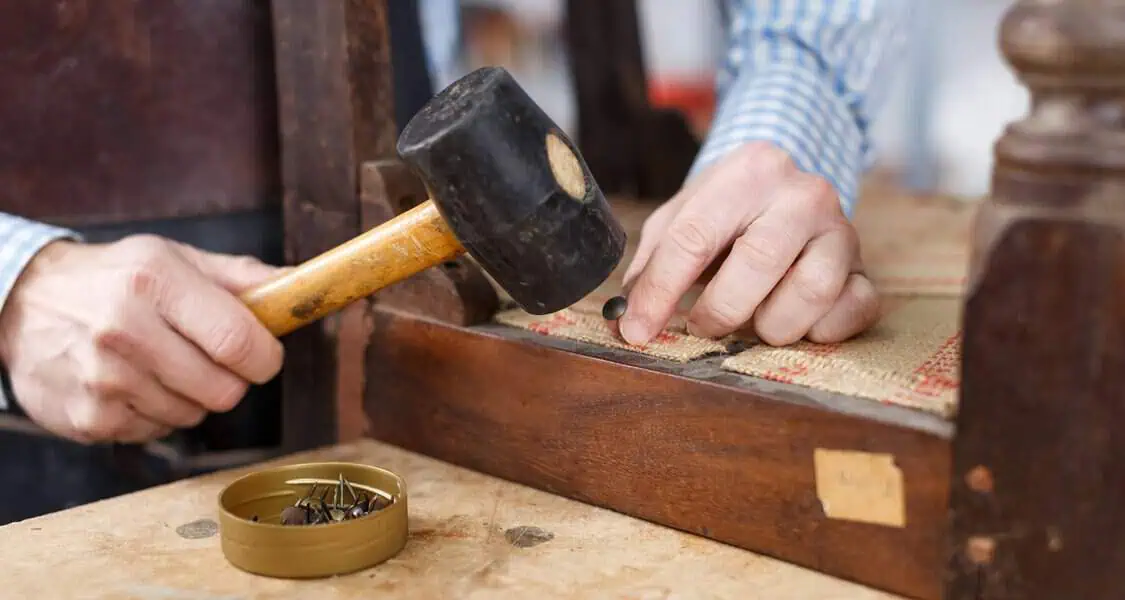
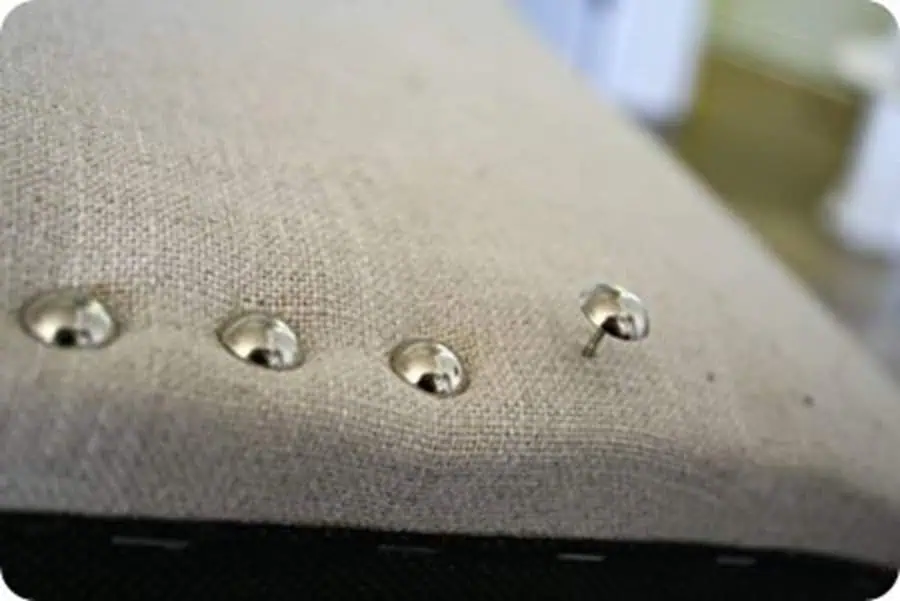
In addition to staples, tacks and nails can offer additional security for your upholstery. Use decorative tacks for a stylish touch, securing them along the edges for a polished look. Make sure to pre-drill holes to avoid splitting the wood and to ensure even placement.
15. Reupholstering a Headboard for a Fresh Look
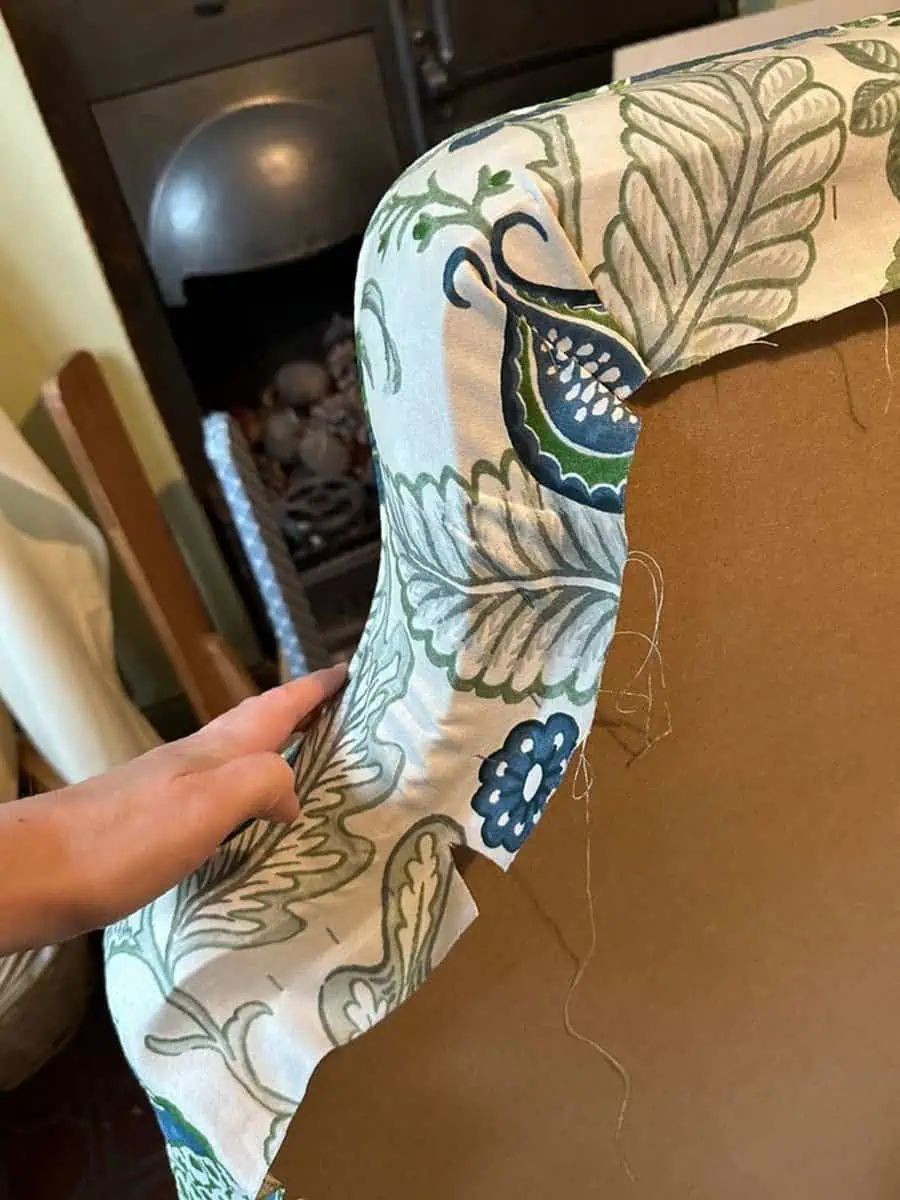
A headboard can become a stunning focal point with a simple reupholstery project. Remove the existing fabric and add a layer of batting for softness. Attach your new fabric securely, pulling it tight to avoid wrinkles. Consider adding nailhead trim for a sophisticated finish that complements the rest of your bedroom decor.
16. Choosing Durable Fabrics for Pet- and Kid-Friendly Upholstery
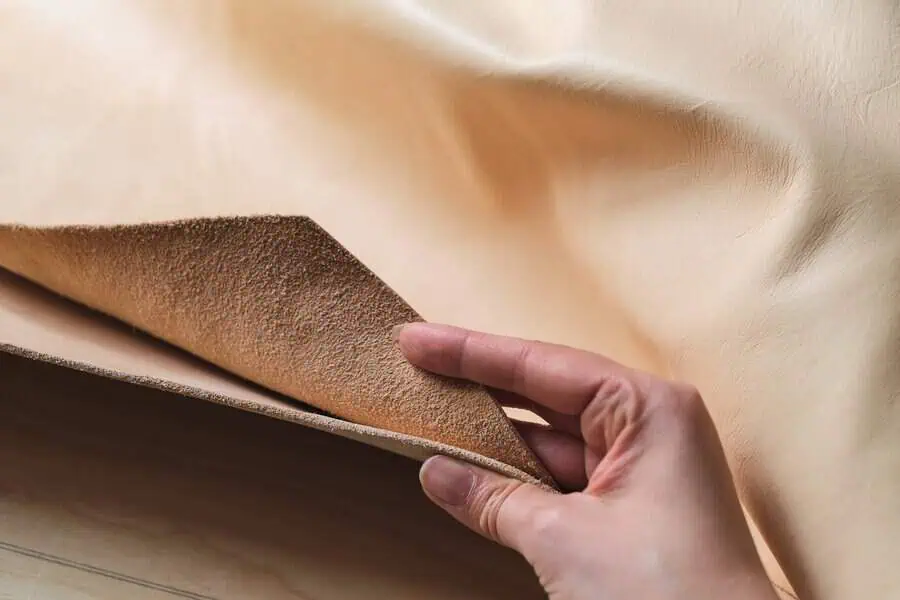
When selecting fabrics for homes with pets and children, durability is essential. Look for tightly woven fabrics, such as synthetic blends or outdoor fabrics, that resist stains and wear. Textured materials can also help hide minor scuffs and scratches. Always consider fabric care instructions to ensure longevity and ease of maintenance.
17. Maintaining Reupholstered Furniture
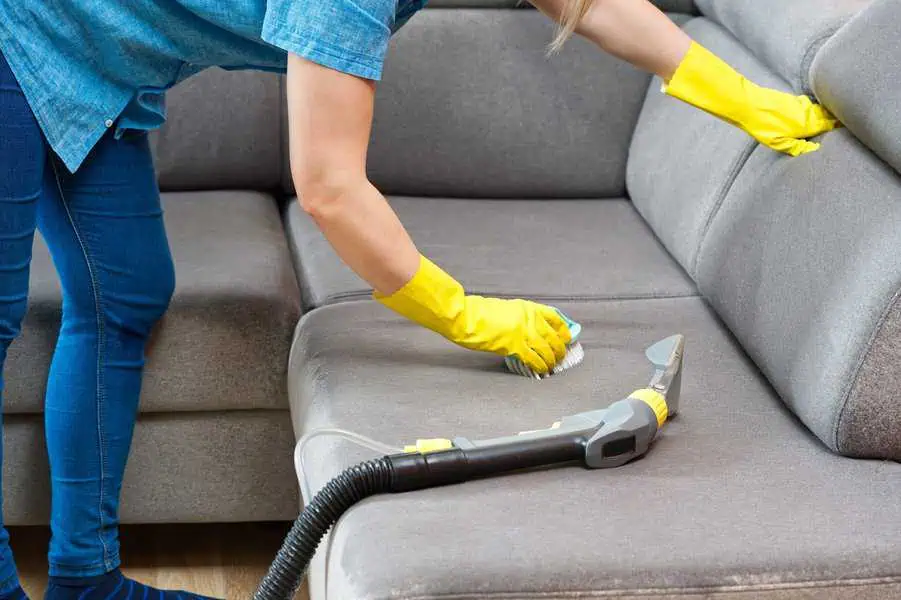
Proper maintenance will prolong the life of your reupholstered pieces. Regularly vacuum and spot clean to prevent dirt buildup. Keep furniture out of direct sunlight to minimize fading. Periodically check for loose staples or tacks and address any issues promptly to maintain structural integrity.
18. Adding Decorative Trim for a Stylish Finish
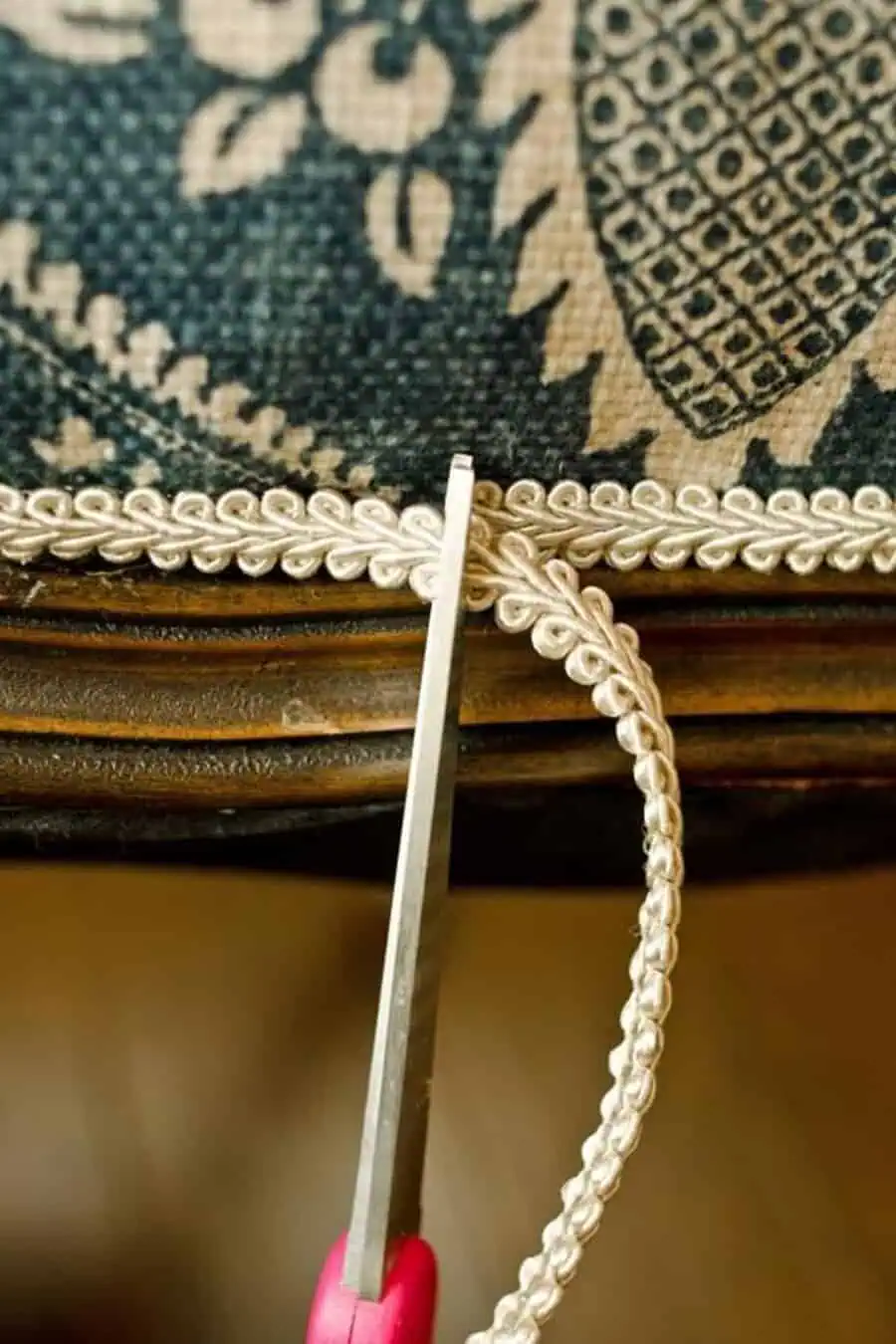
Decorative trim can add to the visual appeal of reupholstered furniture. Consider using braid, fringe, or piping to define edges and create a polished look. Secure the trim carefully, ensuring that it complements the fabric. This finishing touch can transform a simple project into a standout piece.
19. Using Eco-Friendly Fabrics for Reupholstery
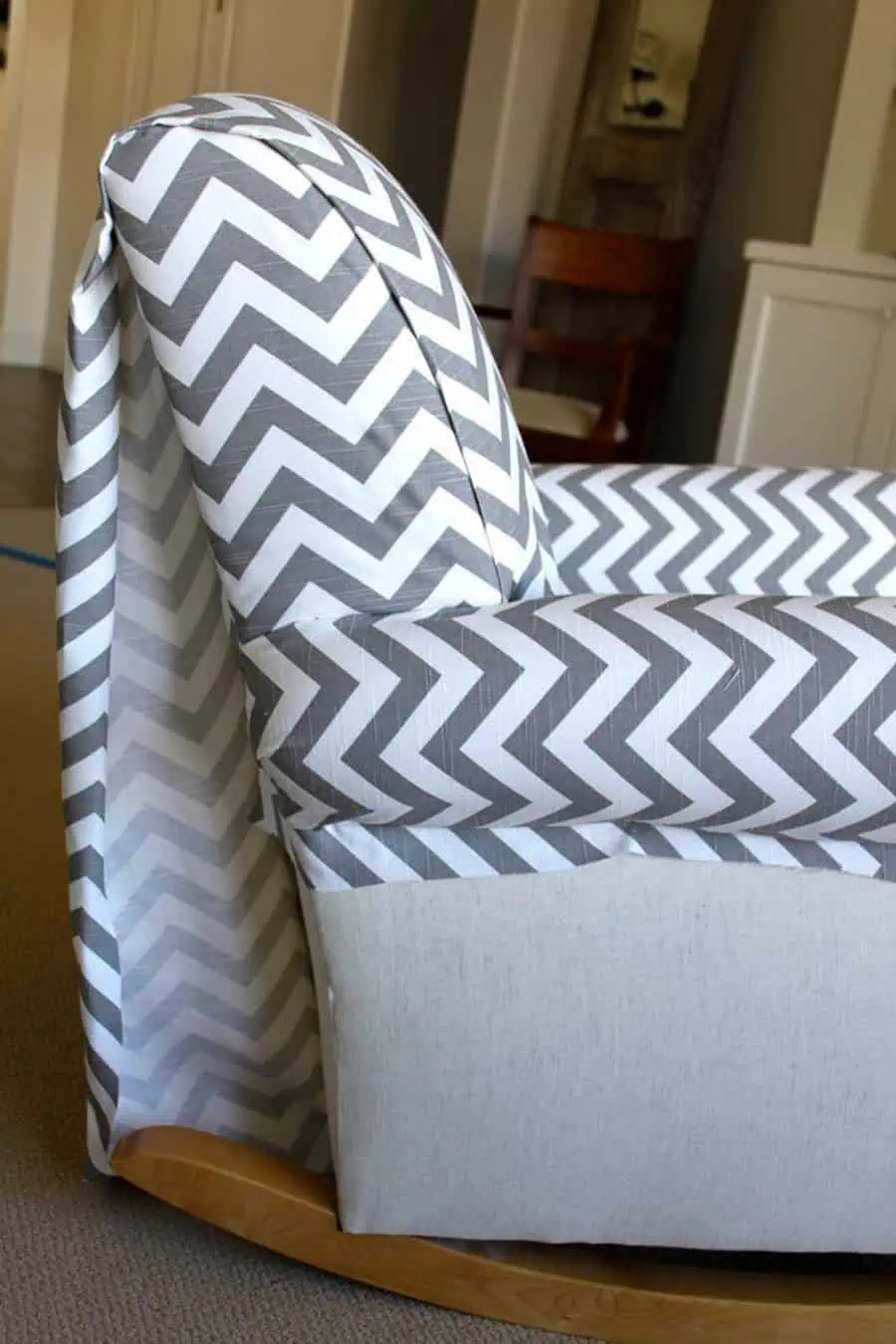
Choosing eco-friendly fabrics not only benefits the environment but also adds to the sustainability of your furniture. Look for materials made from organic cotton, linen, or recycled fibers. These options often provide durability while minimizing the environmental impact. Supporting sustainable practices in your reupholstery project can be both rewarding and stylish.
